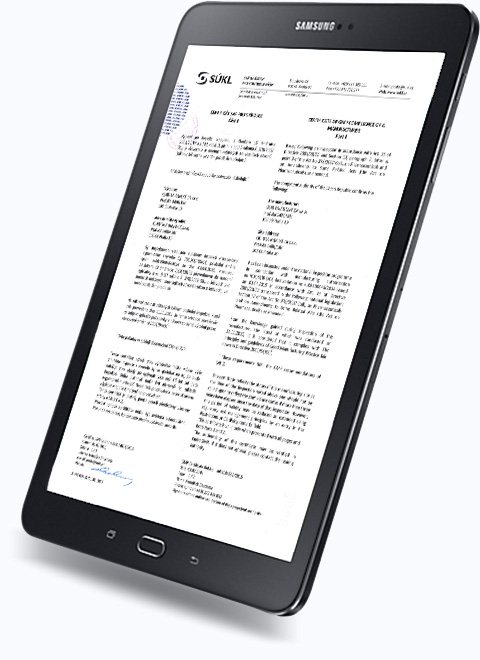Quinta-Analytica
Fully certified top-class services provider to the global pharmaceutical industry for over twenty five years.


Quinta is an innovative and trusted world leader in pharmaceutical analysis, R&D and clinical testing in both human and veterinary medicinal products.

Offering a range of services spanning the whole pharmaceutical spectrum, Quinta has unrivaled expertise across analytical services, clinical studies and more.

Proudly based in Central Europe, with partners in the EU, US and Asia, Quinta has 250 experienced in-house professionals ready to support your projects.
Additional Services

API SOLUTIONS
Proudly based in Central Europe, with partners in the EU, US and Asia, Quinta has 250 experienced in-house professionals ready to support your projects.

NITROSAMINES ANALYSIS
Based on isotopically labeled standards, our customizable in-house detection methods are available immediately.

MONITORING OF STUDIES
Oversight of participant health and correctness of treatments during clinical studies.

PHARMACOVIGILANCE
Monitoring of daily routine to detect unrecognized adverse events, plus assess and ensure drug safety.
MODULE 3 AUDIT
Thorough dossier M3 data audit to ensure consistency and compliance with regulatory requirements.

IMPD COMPILATION
As an EU based company we are well-placed to help create & develop your IMPD.

AND MUCH MORE
It’s not an exhaustive list so if you don’t see what you need, contact us.
Questions?
Our Sales team is happy to help: sales@quinta.cz
Fully Certified
As holders of GMP, GLP and GCP certifications for human medicinal products, and GMP certification for veterinary medicinal products, Quinta is regularly, and successfully, audited by the State Institute for Drug Control (SÚKL) and US FDA.
All of our licenses and certifications are available for download below.
GMP Certificates of Compliance
Manufacturer – HIMP (Quality Control) – Prague Site
Manufacturer – HMP (Quality Control) – Prague Site
Control Laboratory (Veterinary) – Prague site
Manufacturer – HIMP (Quality Control) – Brno Site
Manufacturer – HMP (Quality Control) – Brno Site
Control Laboratory (Veterinary) – Brno site
GLP Certificate
Certificate of Good Laboratory Practice
GCP Certificate
Certificate of Good Clinical Practice – Prague site
Certificate of Good Clinical Practice – Ostrava clinic
FDA Inspections
Our company is proud to have successfully undergone more than 12 inspections by the FDA over the last years. Our dedicated Quality Assurance team can produce relevant documentation upon request. For additional information visit the U.S. FDA data dashboard.

If you’re unable to download these certificates, please contact us quinta@quinta.cz and we’ll be happy to email them to you.

Questions?
Please use the contact details or form below.
quinta@quinta.cz
+420 242 454 311




